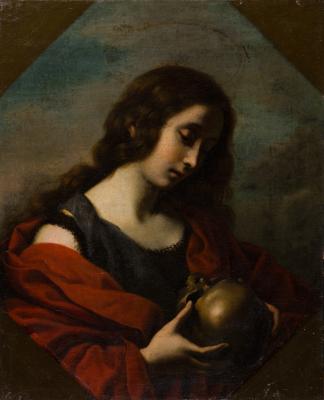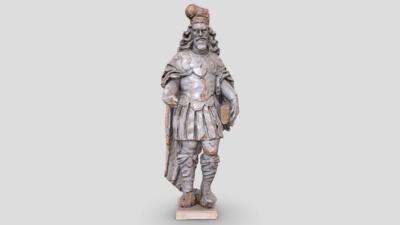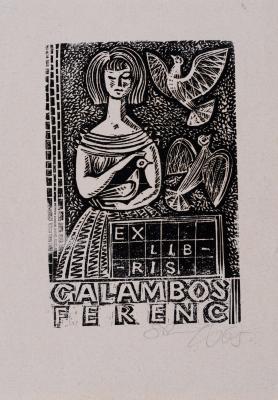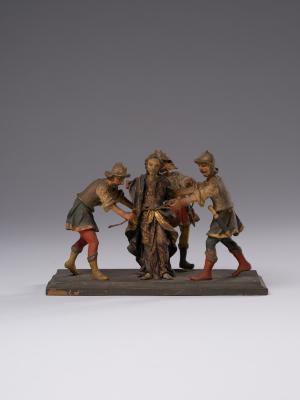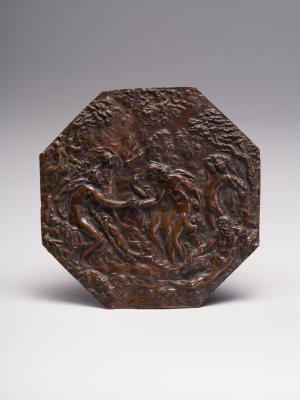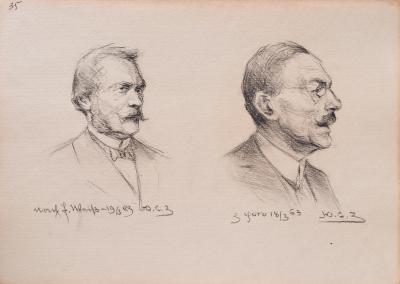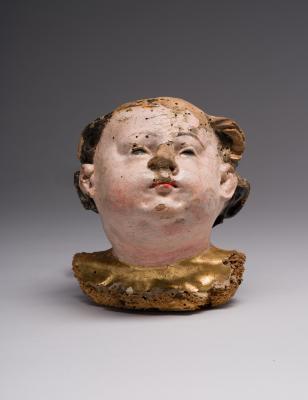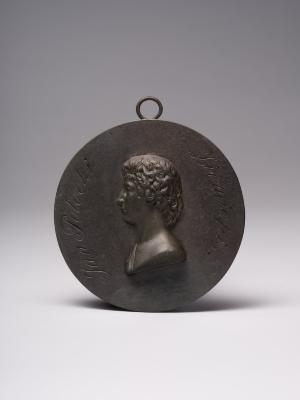Sheet 6 from the Graphic Cycle "Jonathan Swift's Kingdom of Absurdity"
Alexander Aksinin
- ID
- Г-IV-3644
- Author
- Alexander Aksinin
- Name
- Sheet 6 from the Graphic Cycle "Jonathan Swift's Kingdom of Absurdity"
- Date of creation
- 1978
- Technique
- etching
- Material
- imprint on paper
- Dimensions (height x width, cm)
- 29.4 x 29.7
- Type
- printmaking
- Provenance
- Purchased and kept in permanent storage,1983
The work is the sixth sheet of 11 etchings from the graphic cycle "Jonathan Swift's Kingdom of Absurdity". The artist himself wrote several titles of his works in his diary. He described one of them as "Country C.". It is likely that this name refers to this etching. Chapter 4 of Part III of "Gulliver's Travels" describes how the hero of the book decided to descend from the flying island of Laputa to land, namely to the country controlled by the king of the island.
The inhabitants lived chaotic and confused lives there, so the country was in decline. However, this sheet has no direct analogies with "Gulliver's Travels." To some extent, the author refers to "A Tale of a Tub". This is indicated, in particular, by the presence of clusters of tubs in the centre of the composition. In addition, the English idiom "tale of a tub" means a mess, confusion, and chatter.
The artist composes the flying island and the country below it in a circle, where at the top of the composition, there is a strange structure in the middle of the sky. The sky is filled with cosmic bodies in the form of hemispheres, hats, and rolling pins. The structure is based on a platform with non-systemically digitised cages, on which a round construction is completed with cylinders with hand braces and oval holes on the outside, from which lids fall, revealing sections with more cylinders inside.
Above the main structure is another one resembling a flattened pumpkin depicted on a background filled with spherical objects. Its facade is encircled by a cord with balls in shells hanging from it. On the left and next to the main structure, one can see a silhouette of a man, apparently of Gulliver, located in cell No.6. On the other cages, there are small, barely visible objects, in particular cones, jars, bowls, etc.
With two powerful ropes on the sides, the upper structure is connected with an arcuate structure at the bottom, which itself is composed of many details and objects. These are lids from the upper holes, a helm, doors with handles, and pumpkin-shaped pressed forms with carved arches. Among them are human figures in specific poses, a ladder, fragments of buildings, and randomly scattered small household items.
Despite the mixture of forms, the lower structure itself is vertically divided into parts by door panels and falling lids, and thus, it is structured. On the right, the author's signature, A.AKSININ–1978, is engraved on one of the door sides. At the top edge of the building, there is a profiled finial on the left and an arch decorated with a cartouche on the right; the upper structure is tied with ropes to these two elements, thus bending the lower structure in an arc that resembles a zoomorphic monster.
The diagonals of the ropes between the top and bottom complement the main organising vertical formed by the falling oval lids. It takes place against the background of a large surface cut into pieces and filled with empty tubs.
In "Aesop's" language, the artist reflects the reality around him, presenting the then-social organisation, which was meaningless but structured, as a country of absurdity.
The conceptual idea and symbolic basic principles of this work reveal the influences of Hieronymus Bosch and Pieter Bruegel the Elder, the Dutch artists of the 15th–16th centuries.








